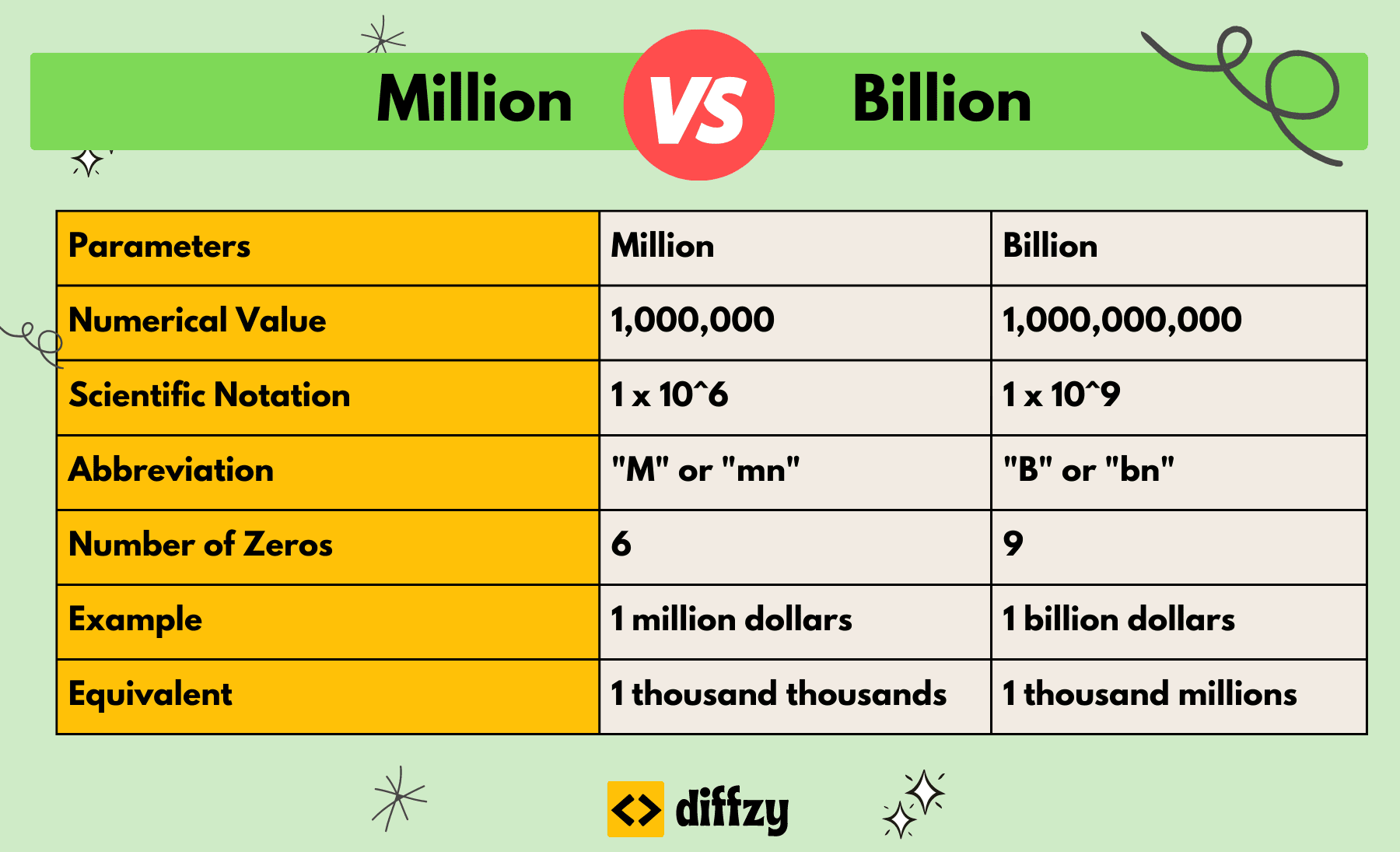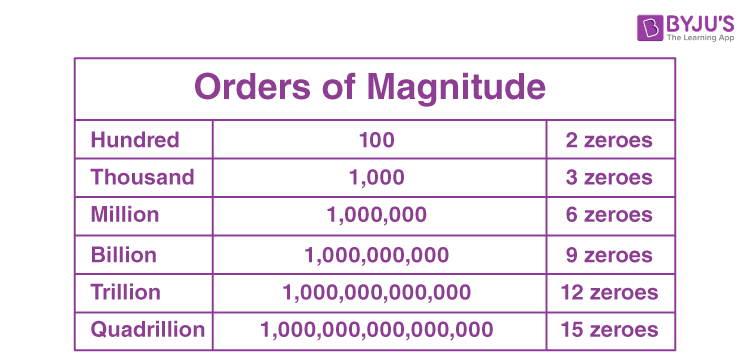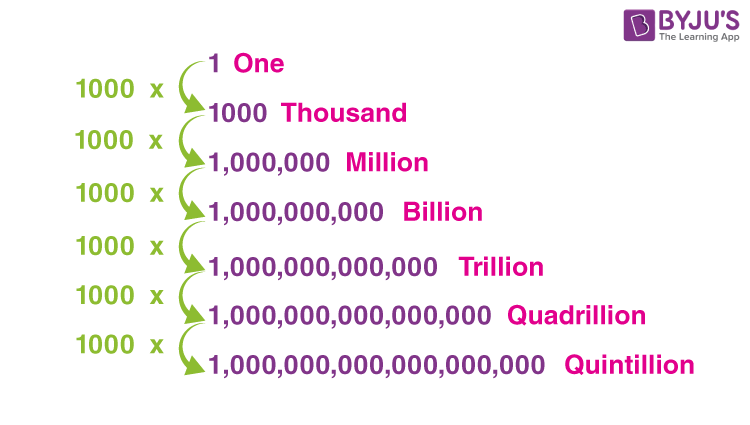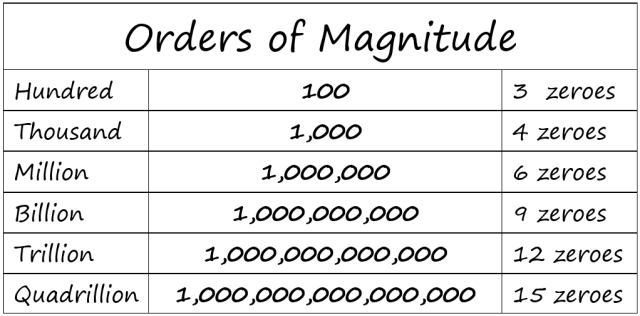1 Billion Divided By 10 Million

The seemingly simple mathematical equation, 1 billion divided by 10 million, has quietly become a focal point of discussions surrounding the distribution of resources, particularly in the context of recent federal budget allocations.
While the result, 100, is a straightforward number, its significance lies in its ability to represent the per capita allocation when a billion-dollar fund is distributed among ten million recipients. This ratio is increasingly cited in debates over government spending, resource allocation efficiency, and the potential impact on individual citizens.
The basic calculation highlights the fundamental challenge in large-scale distribution: even substantial sums, when divided amongst a significant population, can translate to relatively small individual benefits. The number is now a talking point used in a wide range of settings, from economic analysis to political discourse.
The Significance of the Calculation
The core significance of "1 billion divided by 10 million" lies in its ability to easily illustrate the often-diluted impact of large expenditures. It provides a tangible benchmark for understanding the real-world effects of budgetary decisions.
The calculation serves as a critical tool for policymakers, economists, and the general public alike in assessing the efficacy of resource allocation strategies. Understanding the per capita distribution can clarify how funds translate into actual benefits for individuals or communities.
The ease of grasping the calculation makes it an accessible entry point into complex discussions about economics. The simplicity of the equation makes it easier to understand the nuances of large-scale funding initiatives.
Contextual Applications
The principle of 1 billion divided by 10 million, resulting in 100, finds applications in numerous contexts. It is useful when examining the funding allocated to social programs.
Consider, for instance, a hypothetical scenario where the federal government allocates $1 billion to a new educational initiative aimed at supporting 10 million students. In this case, the calculation shows the initiative would provide $100 per student.
Similarly, the calculation can be applied to healthcare. A $1 billion investment in a program targeting 10 million patients would result in $100 available per patient.
Impact and Implications
The understanding derived from this calculation can influence public perception and policy debates. It can affect how different strategies are assessed.
For example, the public may critically assess whether $100 is sufficient to create meaningful change in a given sector. Policy analysts can use it to advocate for more resources.
Furthermore, the calculation can highlight discrepancies in resource distribution. It can lead to discussions on fair allocation.
Potential Criticisms and Considerations
While 1 billion divided by 10 million provides a useful illustrative tool, it is essential to acknowledge its limitations. The simplicity of the calculation may oversimplify the complex reality of resource allocation.
For instance, it does not account for factors such as administrative overhead, geographic disparities, or varying needs within the target population. The flat allocation of $100 doesn't reflect complex societal issues.
Moreover, the calculation should not be the sole metric used to evaluate the effectiveness of a program. Other important factors must be considered.
Expert Perspectives
Economists often use similar ratios to evaluate the impact of government spending.
"Per capita calculations are essential for understanding the true effect of large expenditures,"according to Dr. Anya Sharma, an economist at the Institute for Policy Research.
She adds that, "While the total amount may seem significant, the individual benefit is what ultimately determines the program's success."
Policy analysts highlight the importance of considering the context in which the funds are allocated. Dr. Ben Carter, a public policy expert, said,
"It's not just about the number. It's about how effectively the money is used."
A Human Perspective
For individuals, understanding the concept of 1 billion divided by 10 million can be personally impactful. It helps people understand their relative financial situation.
Consider Maria Rodriguez, a single mother of two children who works as a teacher. She reflects on the impact of the budget.
"When you hear about billions of dollars being spent, it sounds like a lot. But when you break it down, it's often just a drop in the bucket. It's hardly noticeable."she says.
The calculation is a way to translate those numbers to a personal level. People can understand the context more.
Conclusion
The calculation of 1 billion divided by 10 million is a potent tool for understanding the real-world implications of resource allocation. It illustrates how large sums of money, when spread across significant populations, can lead to surprisingly small individual benefits.
While the calculation has its limitations, its simplicity makes it a valuable starting point for discussions on budgetary decisions, resource allocation strategies, and the potential impact on individual citizens. Its accessibility helps promote discussions among policy-makers and citizens.
By providing a tangible framework for evaluating public spending, the concept of 1 billion divided by 10 million serves as a reminder of the importance of effective and targeted resource distribution. The idea is simple, but powerful.





